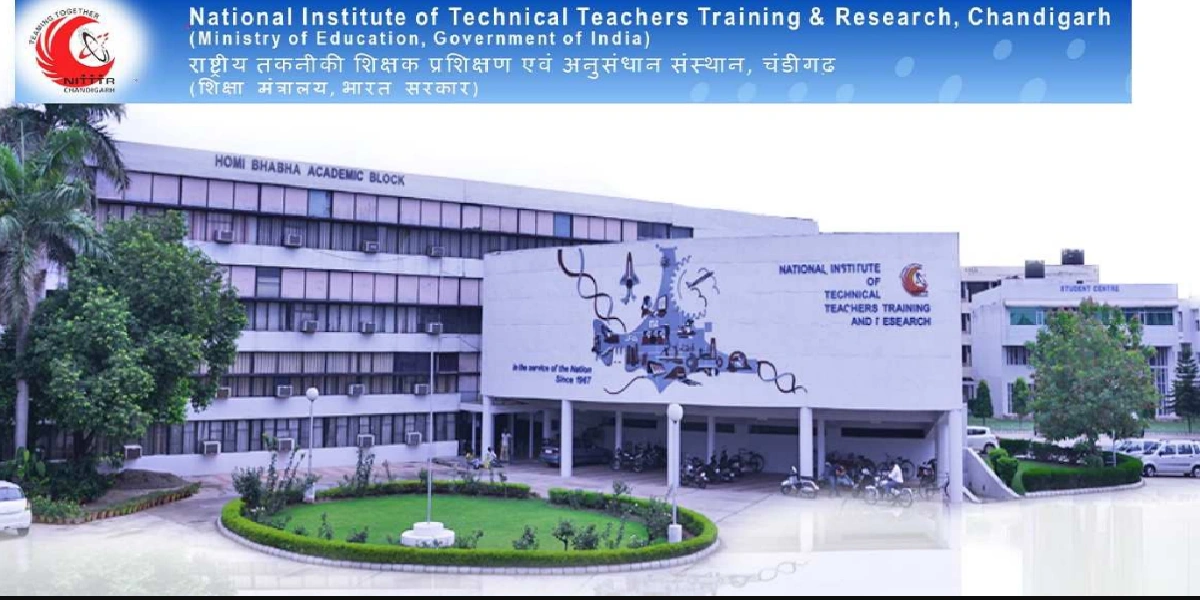The reciprocating pumps is a positive displacement pump. It operates on the principle of actual displacement or pushing the liquid by a piston or plunger that reciprocates in a closely fitting cylinder.
These pumps usually have one or more cylinders which are alternatively filled with liquid to be pumped and then emptied again. In this pump, the mechanical energy is converted into hydraulic energy by sucking the liquid into a cylinder in which a piston is reciprocating and exerts the thrust on the liquid and increases its hydraulic energy. The reciprocating pumps are generally employed for light oil pumping, feeding small boiler condensate return and pneumatic pressure system.
Classification of Reciprocating Pumps
The reciprocating pumps are classified as follows:
- According to the fluid being in contact with piston or plunger
- Single acting pump
- Double acting pump
- According to the number of cylinders provided
- Single cylinder pump
- Double cylinder pump
- Triple cylinder pump
- Duplux double acting pump
- Quantiplex pump
Constructional Details of a Reciprocating Pump
A reciprocating pump consist essentially of the following parts.
- A piston or plunger that reciprocates in a cylinder.
- Suction and delivery pipes with non-return valves, a suction valve in the suction pipe and a delivery valve in the delivery pipe.
- Crank and connecting rod mechanism.
What is the principle of reciprocating pumps? And state its displacement type.
It operates on a principle of actual displacement of liquid by a piston or plunger reciprocates in a closely fitting cylinder.
Why is the reciprocating pump called a positive displacement pump?
It discharge a definite quantity of liquid during the displacement of the piston, therefore, it is called a positive displacement pump.
- See More : High energy rate forming process
- See More : Hydraulic and pneumatic system
- See More : Hydro electric power plant





